Politics
Surprising Names Missing From the U.S. Declaration of Independence and Constitution
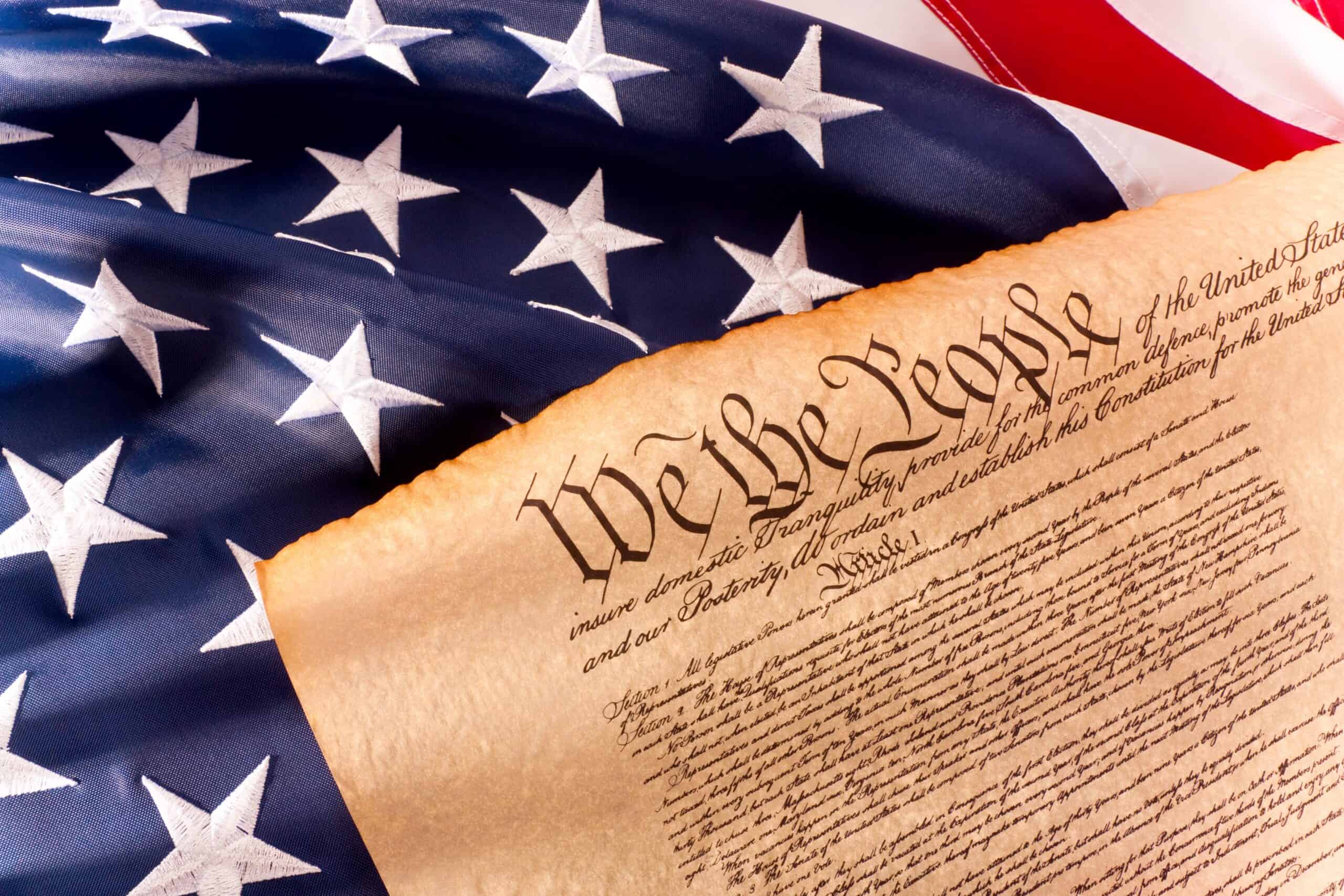
Published:

24/7 Wall St. Key Takeaways:
When we think of America’s founding, names like George Washington, Thomas Jefferson, and Benjamin Franklin immediately come to mind. Yet, some of the most notable figures of the time didn’t sign the Declaration of Independence and the Constitution.
There were several reasons why. For some, it was due to differing political beliefs, especially when it comes to the Constitution. For others, it was because they simply weren’t there!
Here are some surprising figures who didn’t sign these key documents:
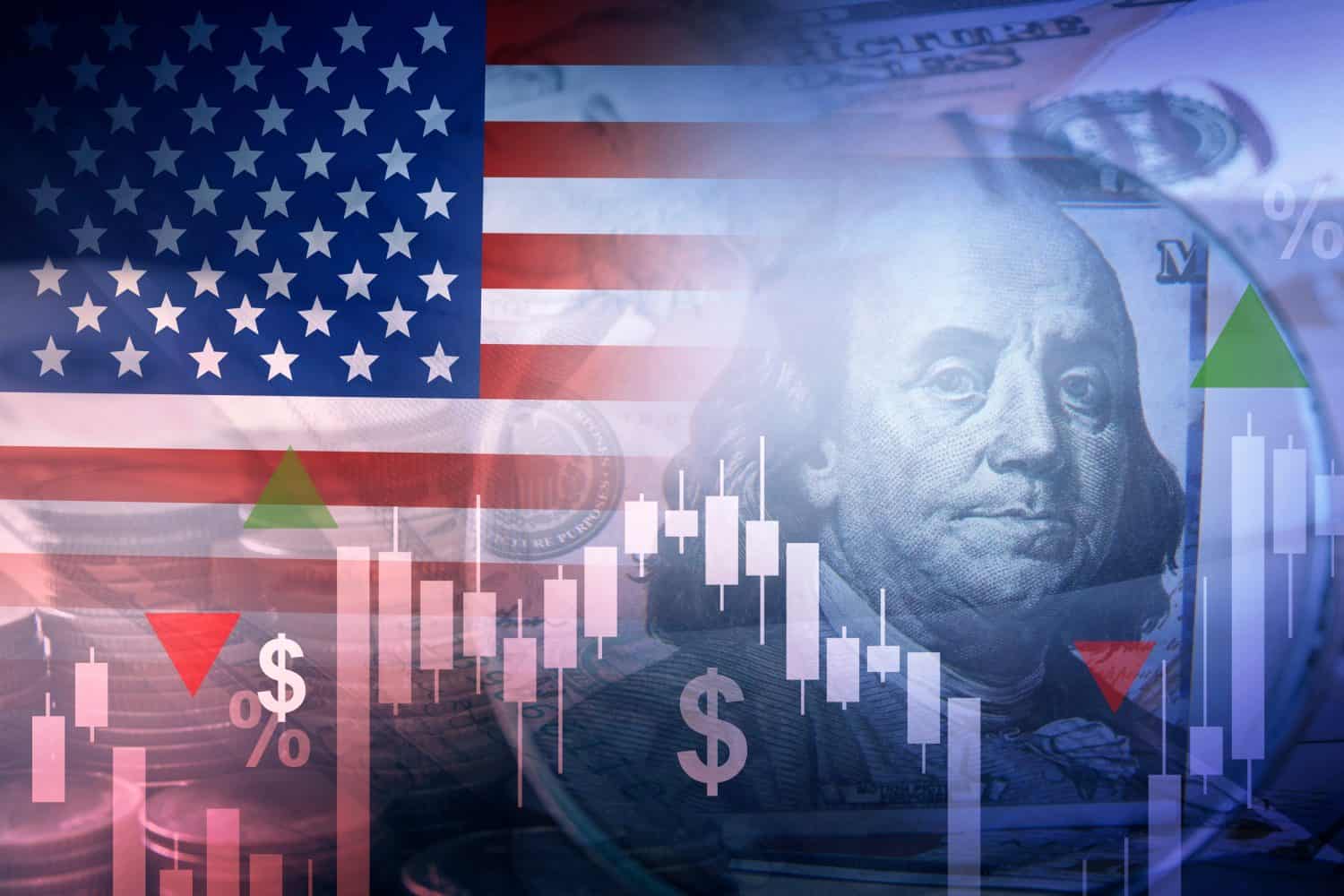
The founding documents had a huge impact on our economy and continue to do so today. It only makes sense that we’d cover our founding fathers since many have impacted how we do business in the 21st century.
If you’re interested, consider learning about the 56 people who signed the Declaration of Independence.

Despite being the first president, George Washington didn’t actually sign the Declaration of Independence. He was away commanding the Continental Army at the time and didn’t get the chance to sign the document when it was adopted in 1776. Although he later presided over the Constitutional Convention, Washington’s name isn’t on the Declaration or the Constitution itself.

John Dickinson, known as the “Penman of the Revolution” for his persuasive essays defending colonial rights, refused to sign the Declaration of Independence. He believed that the colony’s best course of action was to reconcile with Britain and did not believe in independence. However, he later helped draft the Articles of Confederation.
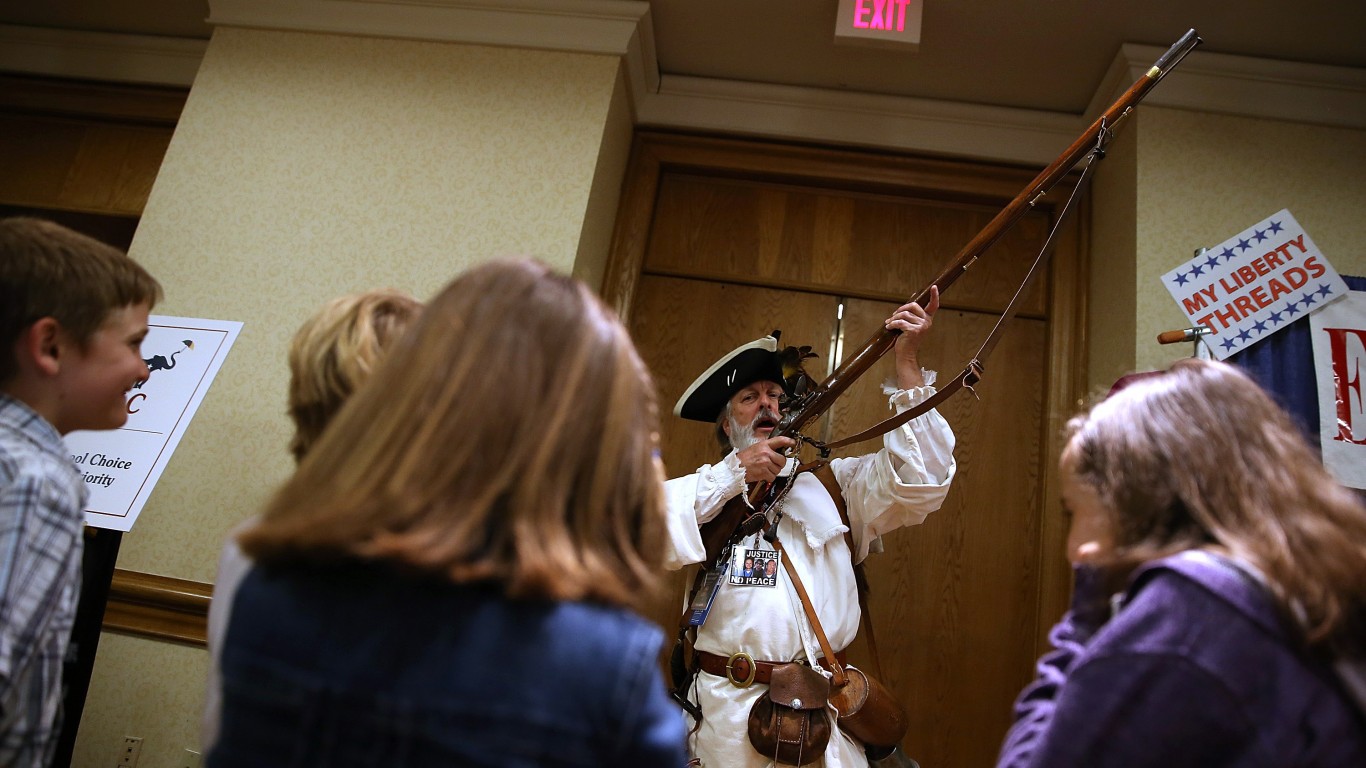
Famous for his “Give me liberty, or give me death!” speech, Patrick Henry didn’t sign either document. In fact, he didn’t even attend the Constitutional Convention, as he was fearful that a strong central government would interfere with the rights of the states.
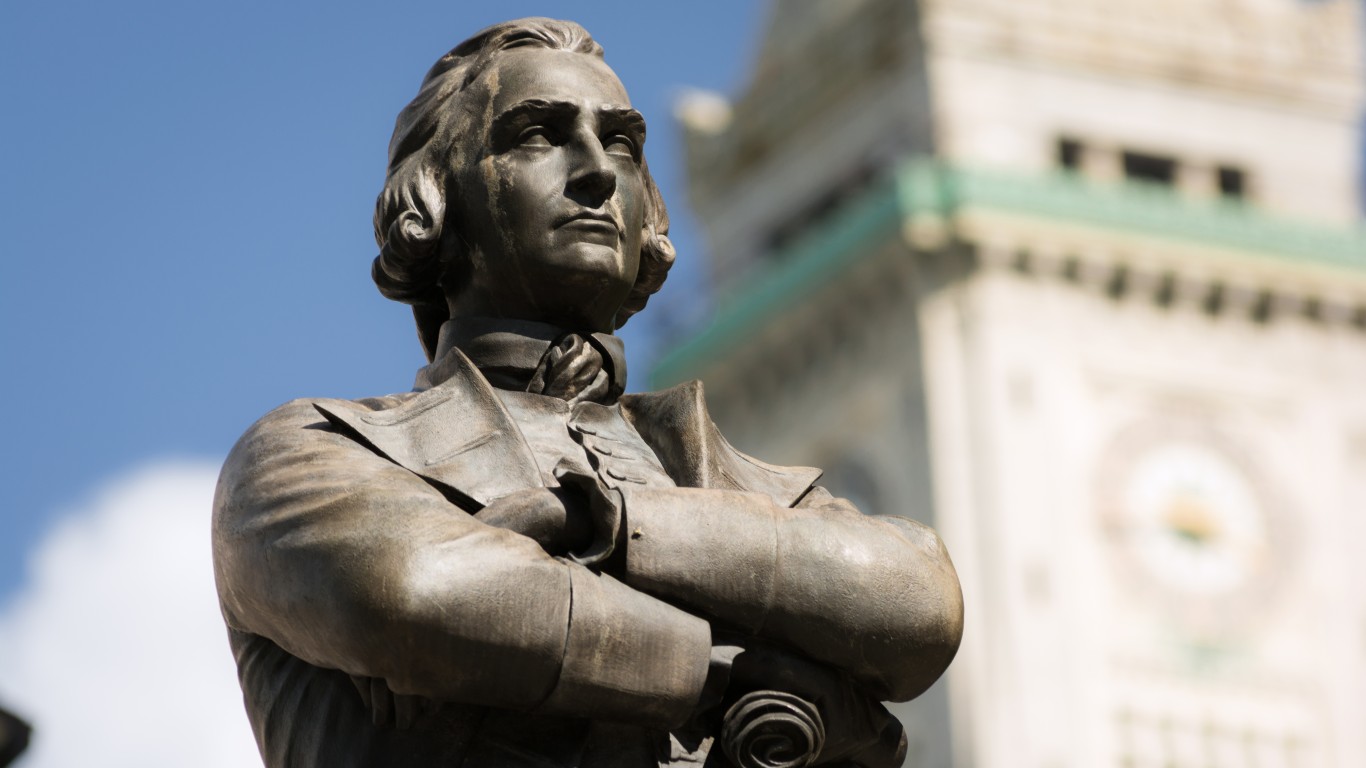
Samuel Adams did sign the Declaration of Independence. However, he did not sign the constitution. The Boston Tea Party organizer was skeptical of the proposed Constitution, fearing it gave too much power to the federal government. However, he later supported the Bill of Rights.
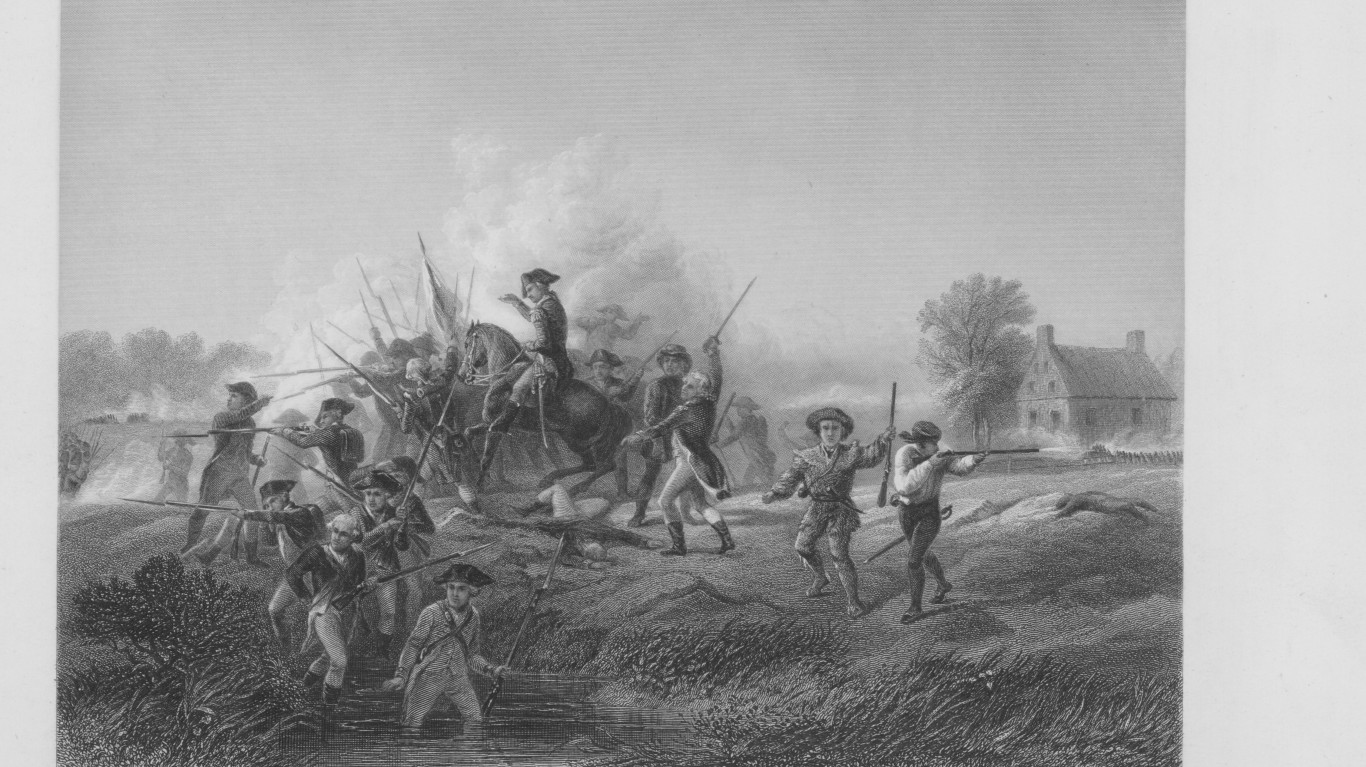
Thomas Paine’s pamphlet Common Sense fueled the revolutionary spirit, yet Paine didn’t sign the Declaration or the Constitution. Paine was in Europe when the Constitution was drafted, and he had very little to do with the government after the revolution.

Richard Henry Lee proposed the resolution calling for independence, which led to the Declaration. However, he wasn’t at the Constitutional Convention due to his opposition to a strong central government. He was later a very big critic of the Constitution.
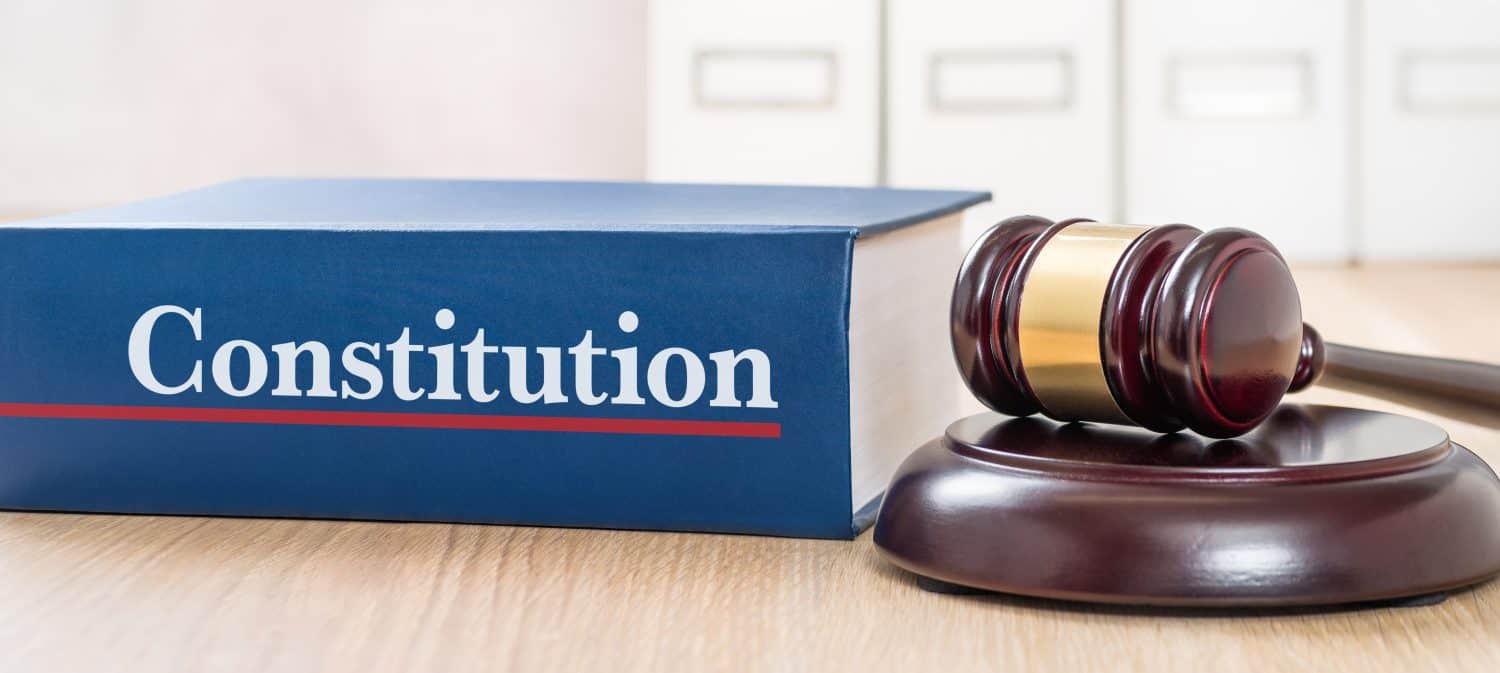
Abigail Adams is often called the “woman behind the revolution.” However, as a woman, she wasn’t allowed to sign either of the nation’s founding documents.

John Jay was the first Chief Justice of the United States and is responsible for many of the ways the Supreme Court is run today. However, he did not sign the Declaration of Independence and was negotiating with foreign allies during the Continental Congress.
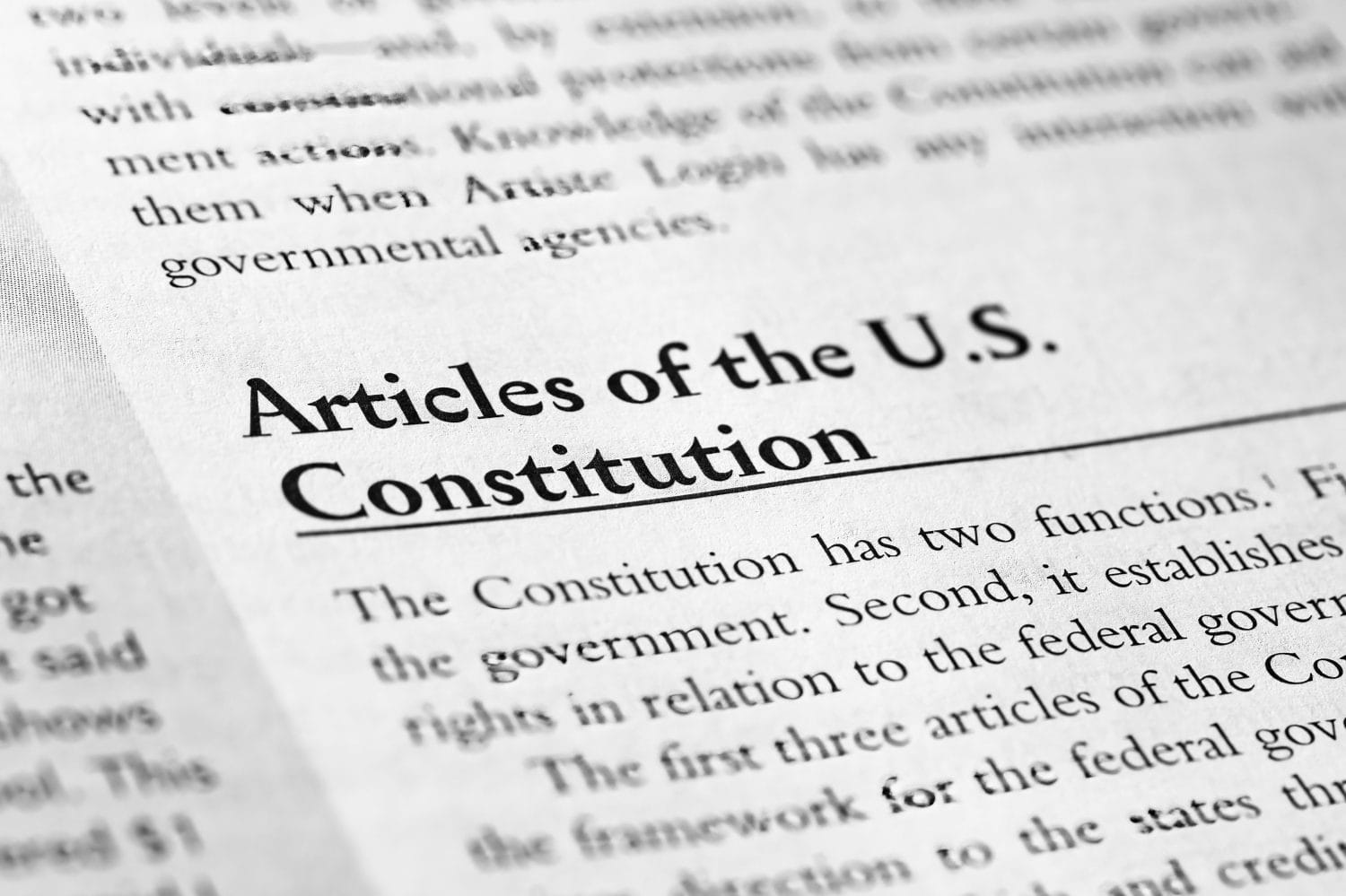
While Charles Carroll of Carrollton signed the Declaration of Independence, he was not a signer of the Constitution. He was not politically supportive of the Constitution and refused to attend the Constitutional Convention.
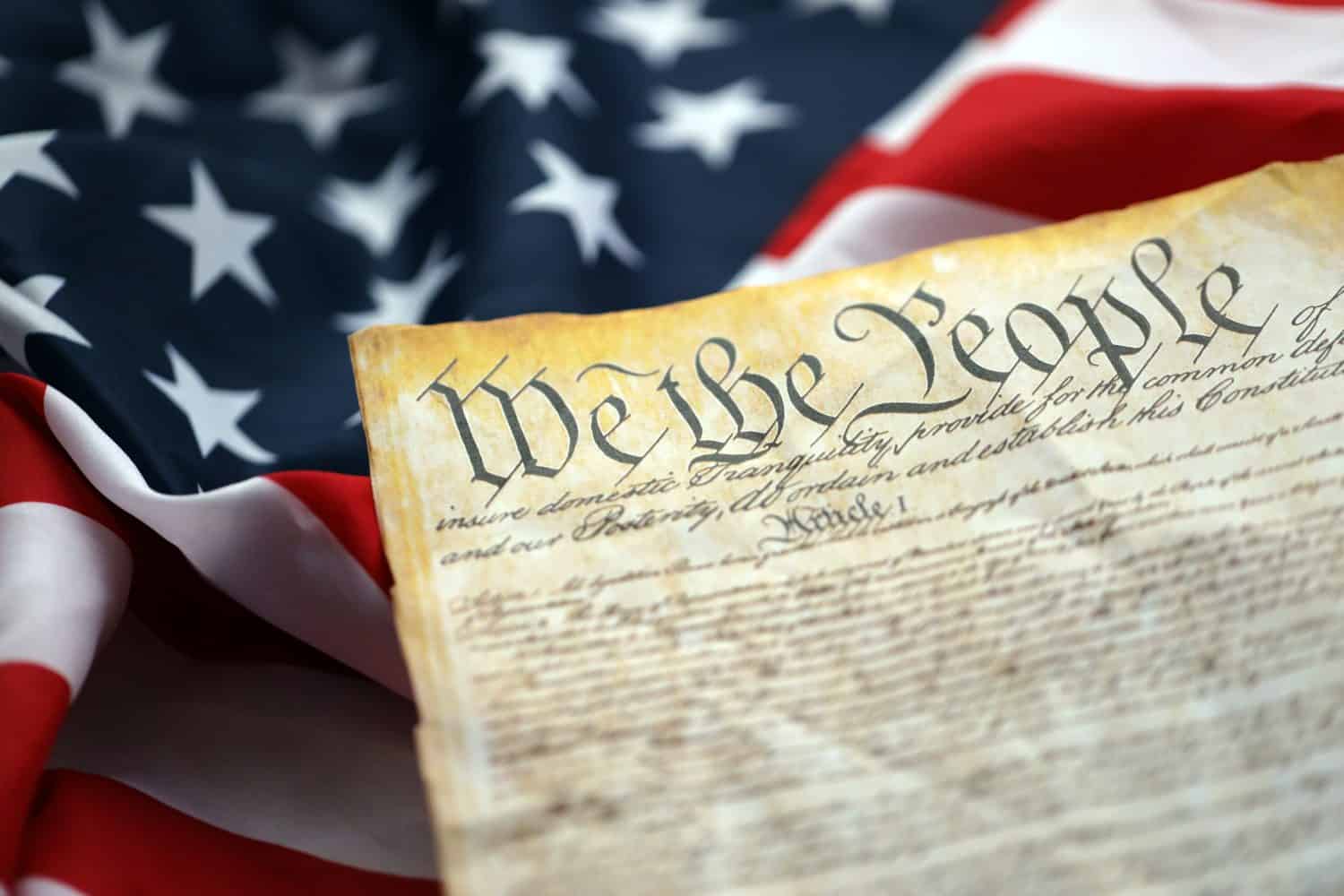
Robert Livingston was part of the committee that drafted the Declaration of Independence, yet he was recalled to New York before he could sign it. He also didn’t sign the Constitution due to political differences, though he did support the Bill of Rights.

John Hancock’s flamboyant signature is one of the most recognizable on the Declaration of Independence. As President of the Continental Congress, he was among the first to sign the document. However, Hancock wasn’t a delegate at the Constitutional Convention, meaning his name doesn’t appear on the Constitution.

Although Alexander Hamilton was a fierce advocate for American independence and a member of the drafting committee for the Declaration, he didn’t sign it. Hamilton was very involved in writing the Constitution, though. In fact, he wrote many of The Federalist Papers in support of the document.
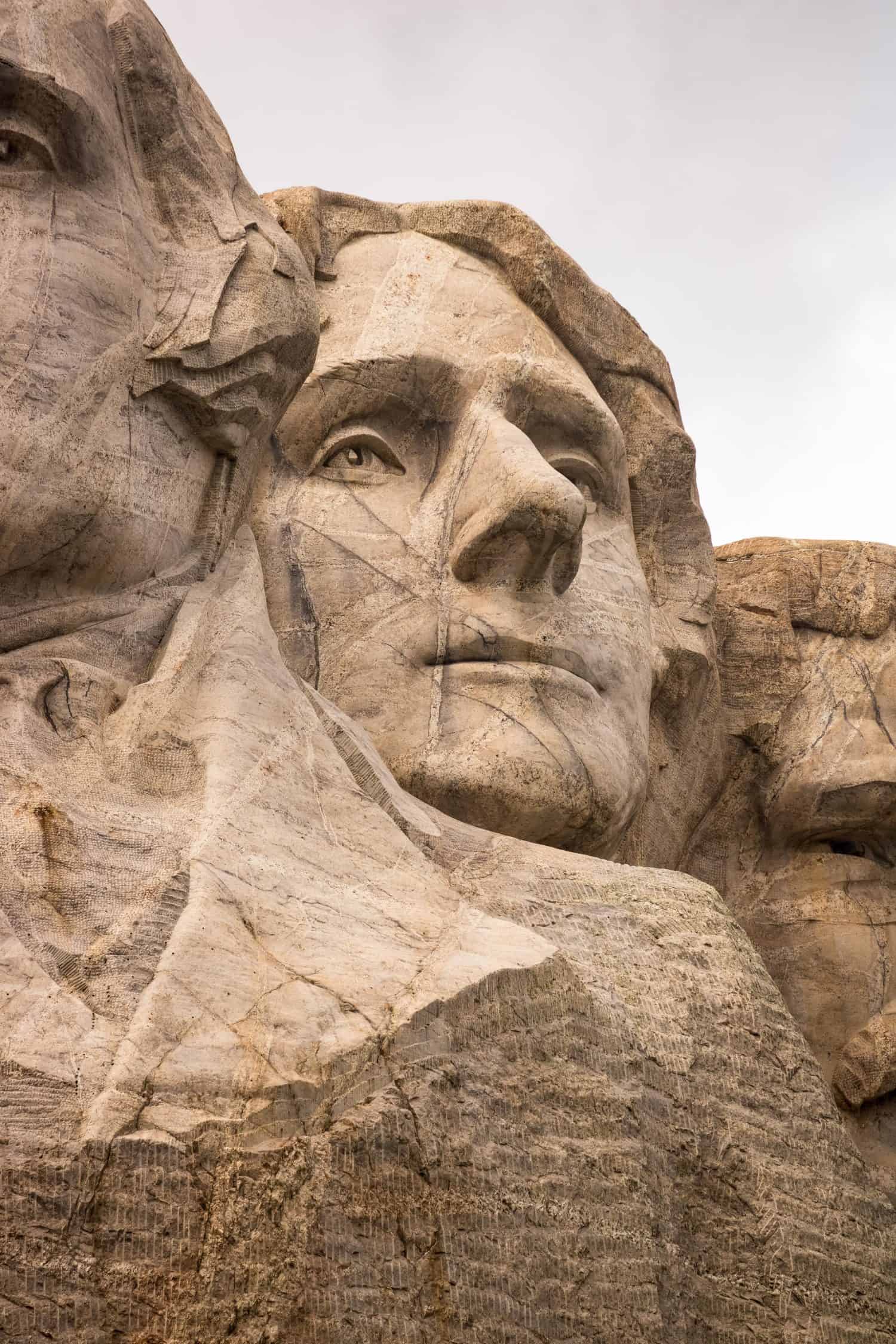
As the primary author of the Declaration of Independence, Thomas Jefferson’s role in American history is undeniable. However, he was serving as the ambassador to France during the Constitutional Convention, so he was unable to sign the Constitution.
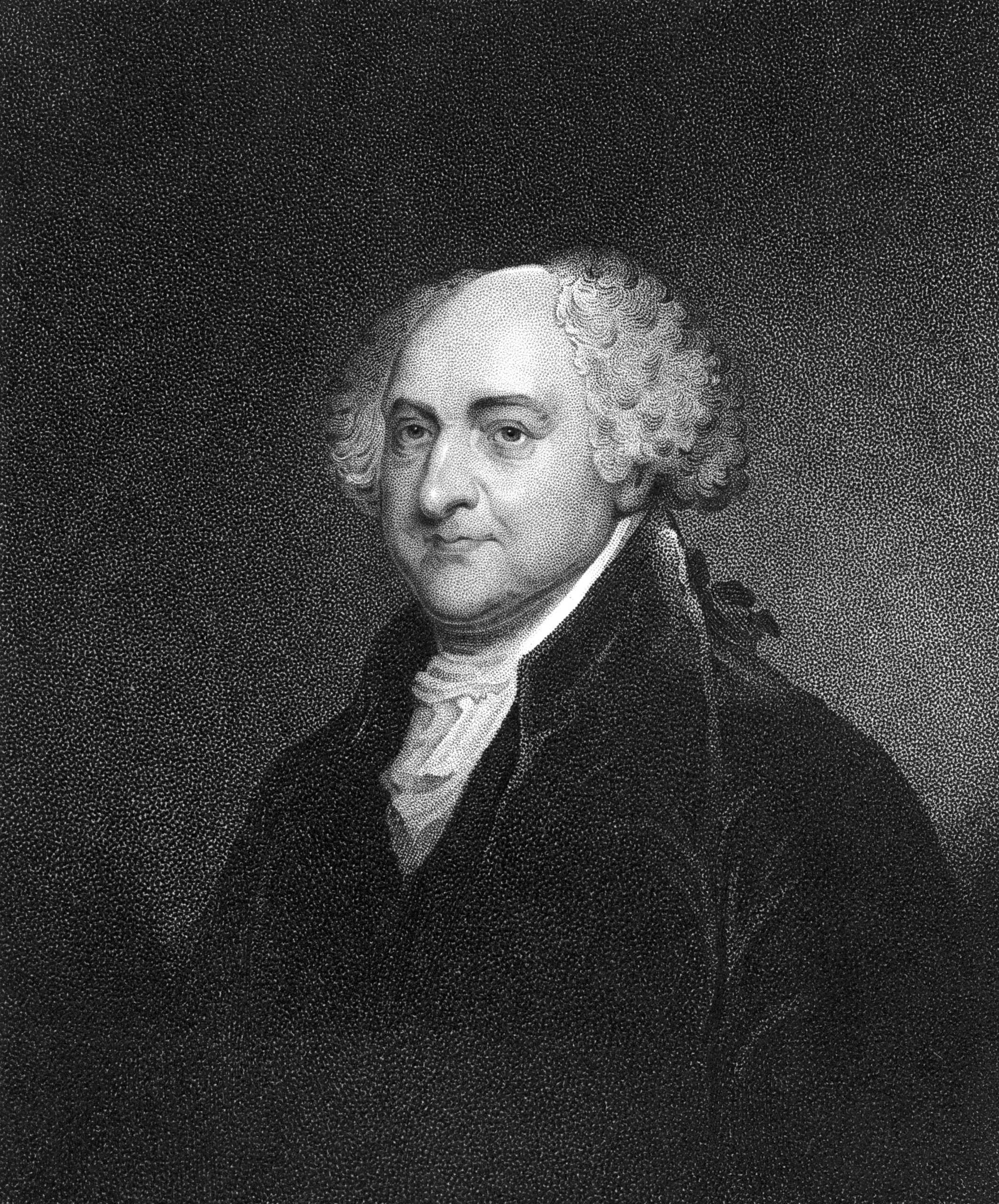
One of the most influential figures in pushing for independence, John Adams helped draft the Declaration of Independence. However, he was a diplomat and was abroad during the Constitutional Convention.
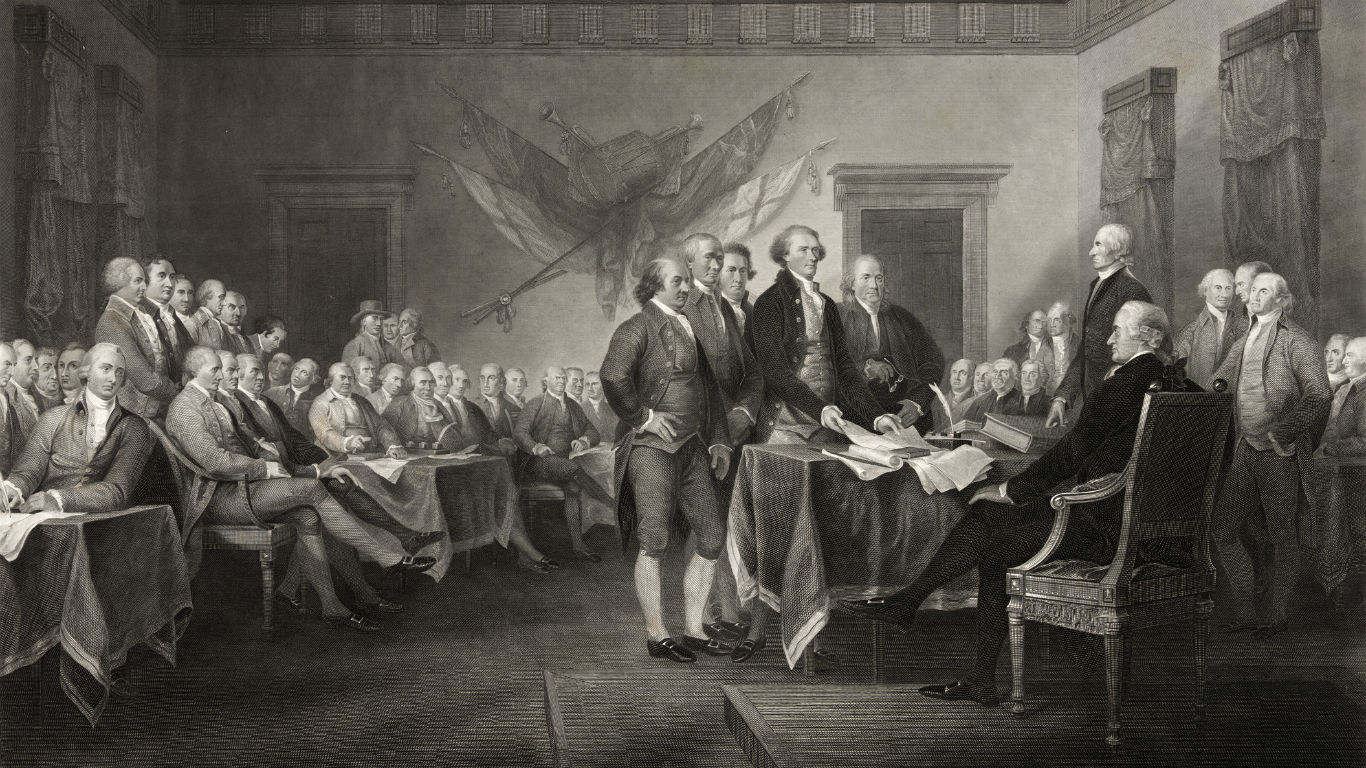
Elbridge Gerry signed the Declaration of Independence, but he refused to sign the Constitution, citing concerns about the central government’s potential for tyranny. Like many of his contemporaries, his political differences kept his name off of the Constitution.

George Mason helped draft the Virginia Declaration of Rights, a precursor to the U.S. Bill of Rights. However, he refused to sign the Constitution because it initially lacked any protection for individual rights, and he was a big proponent of the first ten amendments.

Edmund Randolph was a key figure in the Constitutional Convention, even presenting the Virginia Plan that set the framework for the new government. However, he ultimately refused to sign the finished document, fearing it granted too much power to the central government without sufficient checks.
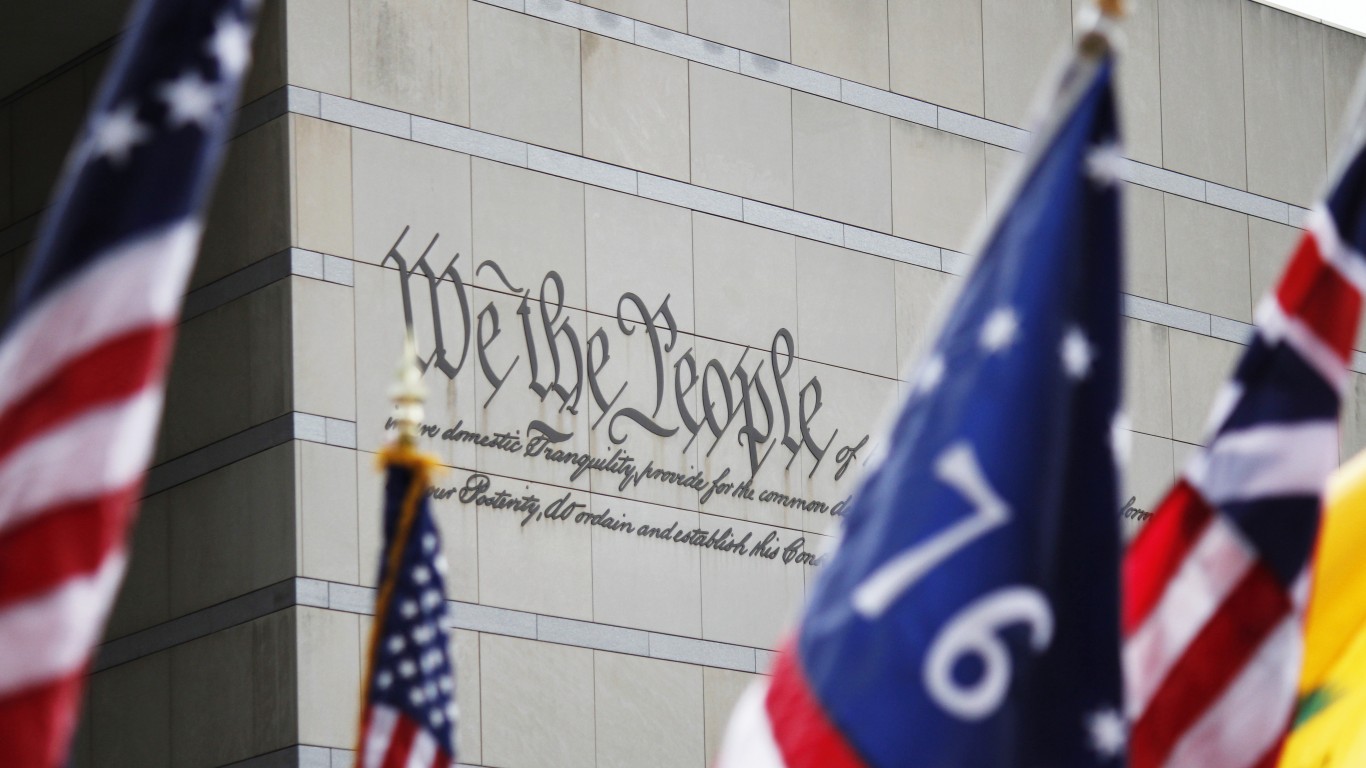
James Otis is remembered for his fierce opposition to British policies, famously arguing that “taxation without representation is tyranny.” However, he had health issues and (later) mental decline. Therefore, he wasn’t able to sign either document.
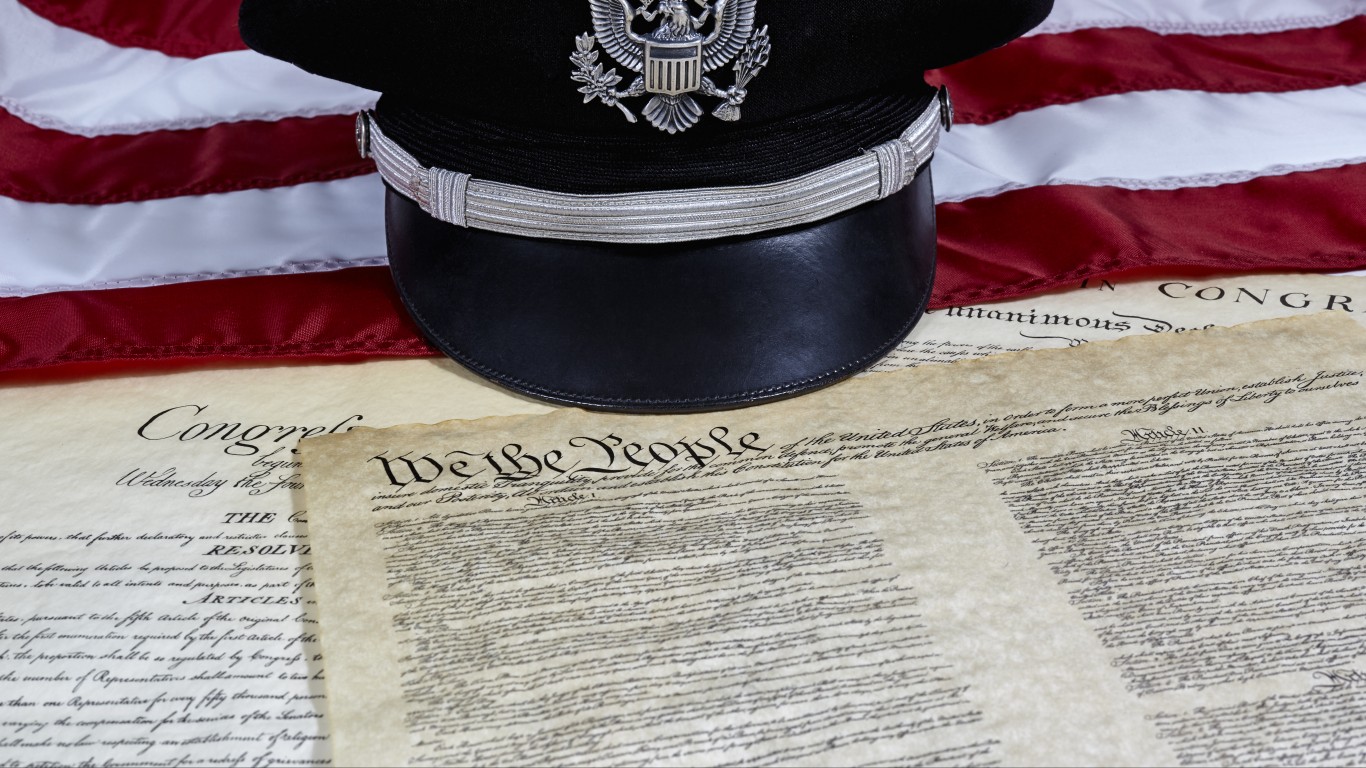
William Paterson, known for introducing the New Jersey Plan that advocated for equal state representation in Congress, didn’t sign the Declaration of Independence but did sign the Constitution.
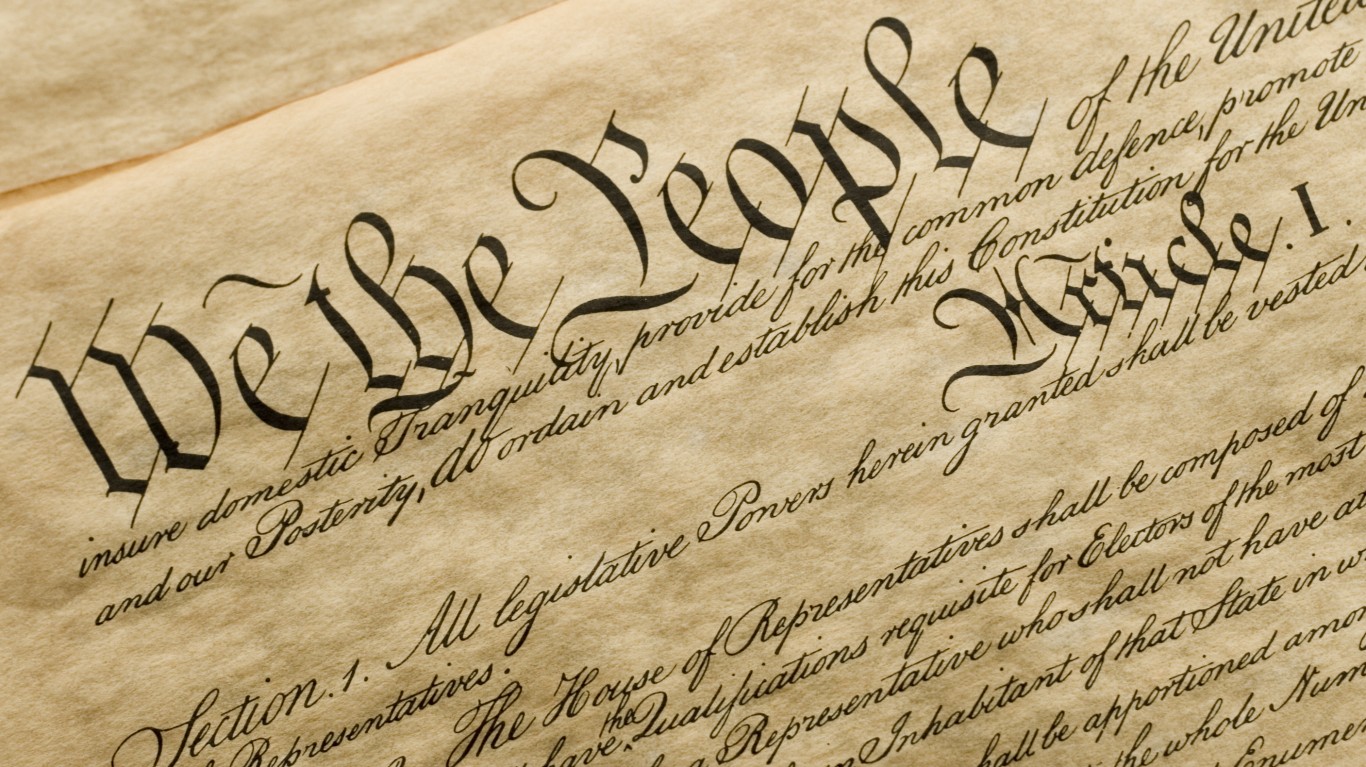
Mercy Otis Warren was a playwright and pamphleteer whose works argued passionately for independence and later criticized the Constitution for its perceived centralization of power. That said, as a woman, she was unable to sign either document.
Retirement can be daunting, but it doesn’t need to be.
Imagine having an expert in your corner to help you with your financial goals. Someone to help you determine if you’re ahead, behind, or right on track. With SmartAsset, that’s not just a dream—it’s reality. This free tool connects you with pre-screened financial advisors who work in your best interests. It’s quick, it’s easy, so take the leap today and start planning smarter!
Don’t waste another minute; get started right here and help your retirement dreams become a retirement reality.
Thank you for reading! Have some feedback for us?
Contact the 24/7 Wall St. editorial team.